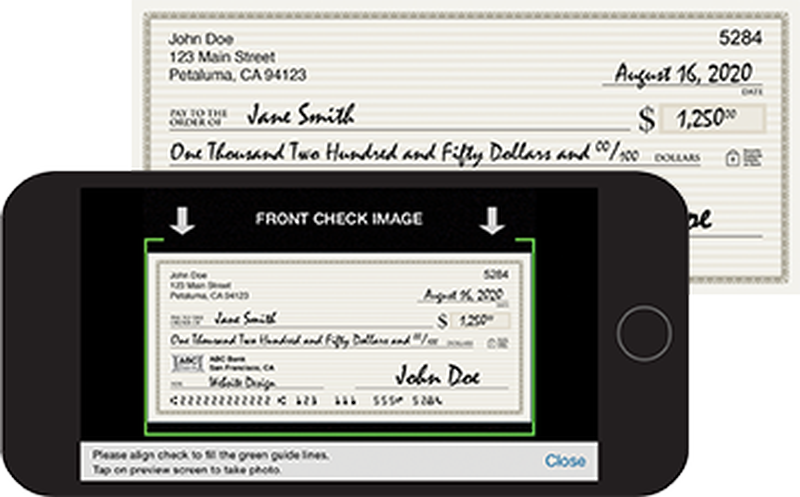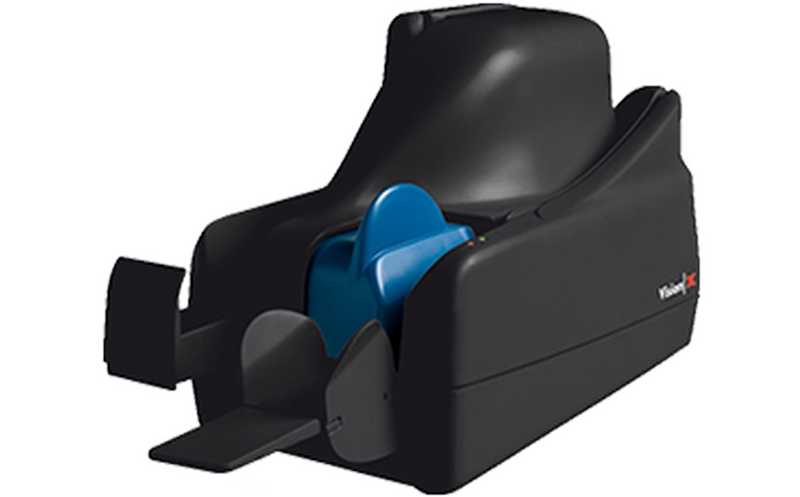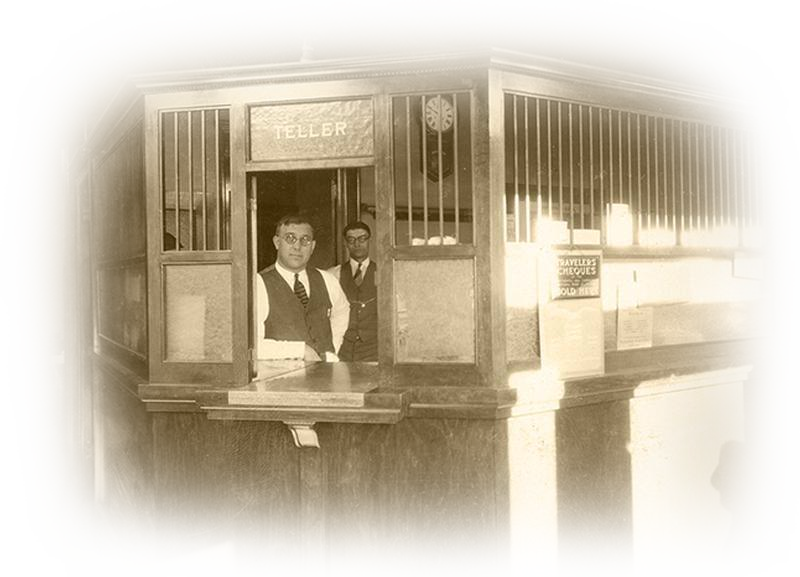Save, Spend, Share: Saving Teaches Kids Many Valuable Lessons
“A penny saved is a penny earned,” doesn’t mean much in a world of digital payments and credit card transactions. But for kids without cellphones, checking accounts or credit, coins and dollar bills are tangible tools for learning about saving, spending and sharing as well as counting, addition and subtraction, goal setting, decision-making, prioritization and delayed gratification.
Saving and learning the value of an emergency fund are critical for kids’ financial future. According to a 2021 survey by GOBankingRates, 50% of Americans surveyed have less than $600 in savings. That can mean trouble when an unexpected car repair or health care need arises.
“Maintaining an emergency savings account may be the most important difference between those who manage to stay afloat and those who sink in debt,” according to America Saves. “Research shows that low-income families with at least $500 in an emergency fund were better off financially than moderate-income families with less than this amount.”
OVERCOMING INSTANT GRATIFICATION
Saving can be hard for children driven by instant gratification. (They want candy NOW, not after dinner!) How one manages instant gratification in life may mean sizeable debt or a significant nest egg.
To teach kids to save, set goals, make decisions and prioritize, identify something your kids want but cannot afford. Together, plan how they will earn and save money until they can buy the item. Your children will face decisions about how to spend their money and what’s most important to them every time they go to the store. Do they want the item they’ve been saving for or would they rather buy something else? What an accomplishment when they finally buy the item for which they’ve been saving!
TEACHING INTEREST AND BORROWING
To help kids appreciate the value of saving rather than borrowing money, borrow something from them, explaining you want it for a few days and in exchange you will give them a quarter or dollar a day for every day you have the loaned item. Each day, pay them, reminding them it’s for your loan. After a few days, return the item and ask how much money they made by lending you the item. Explain that’s how savings accounts work – they receive money from the bank while their money is at the bank. You can also explain this exercise from your perspective to illustrate the cost of borrowing.
OTHER SAVINGS AIDS
- Visit KidsMoney.org for age-appropriate books to read to or with your kids.
- Take the America Saves pledge (AmericaSaves.org) together. Discuss the texts and emails to reinforce saving principles.
- Match any money your children deposit at the bank.
- Help kids earn more money through a “side hustle” – chores beyond their normal duties.
Lori Felten is the Prior Lake branch manager for New Market Bank. While supplies last, New Market Bank is offering kids 13 and under a free “Save, Spend, Share” block bank when they open a new savings account. For more children’s financial literacy resources, visit https://newmarket.bank/sss.







